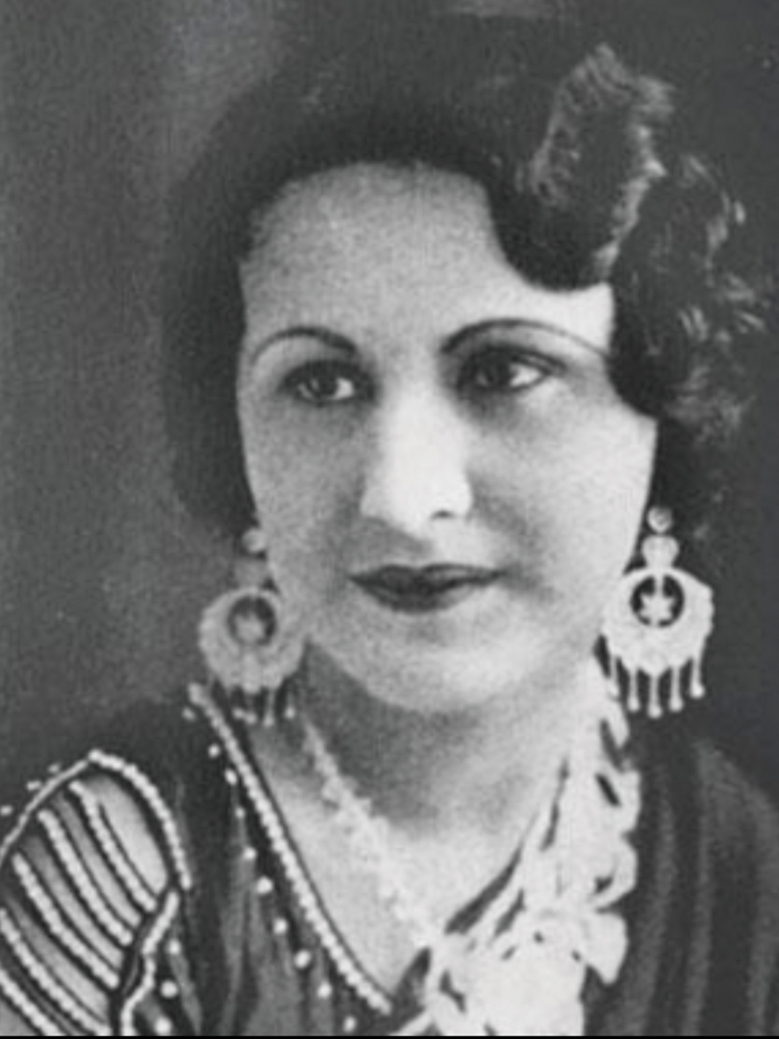
- Industry
Fatma Begum, First Woman Director of Indian Film
Fatma Begum was born in 1892 into an Urdu-speaking Muslim family in India. As a young woman she trained in theater, acting in Urdu plays. She was rumored to be married to the Knight Grand Commander of the Order of the Indian Empire, Nawab Sidi Ibrahim Muhammad Yakut Khan III. But there is no legal record of a marriage, or the Nawab having recognized any of her daughters as his own.
Her film acting debut was at age 30, in Ardeshir Irani’s 1922 silent film Veer Abhimanyu (The Brave Abhimanyu). At the time, the Indian film industry was so male dominated that even female roles were played by men. Besides, acting was not considered a suitable career for respectable women.
Her early films include Sati Sardaba, Prithi Vallabh, Kala Nag (Black Cobra), and Gul-e-Bakavali (A Nocturnal Flower), all released in 1924. One year later she could be seen in and Mumbai Ni Mohini (Mumbai’s Mohini).
Fatma was the first woman in India to create her own production company, Fatima Films, in the Bombay of 1926. The enterprise was, in 1928, renamed Victoria-Fatma Films. She worked as screenwriter, actor, and producer.
She also became the first female Indian director, with Bulbul-e-Paristan (Nightingale of Fantasyland), based on a Persian fable. Set in Fairyland, it’s the story of a queen who uses magic to bring order to her world. A big-budget production for the day, she used trick photography to create early special effects. Unfortunately, no prints of this, her most popular and well-known film, exist. But that artistic and popular success started a wave of fantasy films like Aladdin and the Wonderful Lamp (1931), produced by her old colleague, Ardeshir Irani.
She made quite a few other films during this time. Women were featured in the leading roles. In 1927 she presented Goddess of Love. She went on to present Heer Ranjha and Chandravali in 1928. Restless and always creative, Begum followed those works with Kanaktar, Milan Dinar (Test of Love), Naseeb ni Devi (Queen of Fate), and Shakuntala, all in 1929. It was the studio’s most prolific year — and also its last, due to many legal troubles. Her last film as a director was Goddess of Luck, in 1929.
While she ran her own production company (writing, directing, producing), Fatma continued her career as an actress at Kohinoor Studios, as well as at the Imperial Studios. She also managed the acting careers of her daughters (Zubeida, Sultana, and Shehzadi) and cast them in her films. In 1931, Zubeida became the first actress to star in India’s first talking film, Alam Ara (Ornament of the World).
Fatma’s last acting role was in G.P. Pawar’s Duniya Kya Hai (What is the World, in 1937), after which she retired. She died in 1983 at the age of 91.
Her film career displayed her many talents — acting, screenwriting, directing, and producing. She not only influenced Indian cinema’s storytelling, nudging it to start including women’s experiences, but opened doors for other women filmmakers. Sadly, film preservation was not considered important during the 15 years of her trailblazing career, which dampens her legacy since none of her films are available to view. We salute Fatma Begun as one of the pioneering women of Indian cinema.